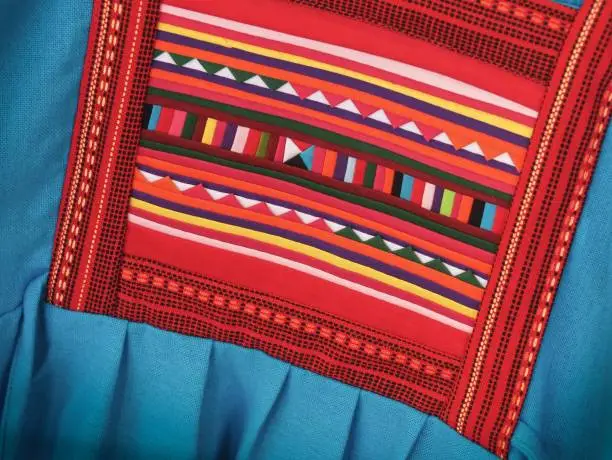Cultural appropriation and cultural appreciation have remained topics of intense debate, often dividing opinions on what constitutes respect or exploitation. While the sharing of cultural practices can foster understanding, the lines between appreciation and appropriation are not always clear.
Many have argued that appropriation erodes the authenticity of a culture, while others believe it is a natural consequence of globalization. These differing perspectives provoke important questions about identity, respect, and the ethics of borrowing traditions.
The concept of cultural appropriation arises when elements of one culture are adopted by individuals who do not belong to it, often without understanding or respect for its significance. This phenomenon has frequently been criticized for commodifying sacred or meaningful traditions.
For instance, traditional Native American headdresses, which hold deep spiritual and ceremonial value, have been worn as fashion accessories at festivals. The significance of such attire is often disregarded, reducing it to a mere aesthetic. Critics argue that this trivialization not only disrespects the culture but also perpetuates harmful stereotypes.

On the other hand, cultural appreciation occurs when cultural elements are embraced with genuine respect, understanding, and acknowledgment of their origins. This respectful exchange can lead to meaningful connections between communities. For example, learning a traditional Japanese tea ceremony from a certified practitioner and understanding its historical context is widely regarded as appreciation. In such cases, the culture is celebrated without erasing its roots or exploiting its essence.
The influence of cultural appropriation has been observed in the fashion industry, where traditional designs are frequently reimagined by designers without proper credit to their sources. African tribal prints, for example, have often been used by global fashion houses, leading to accusations of cultural theft.
Critics contend that while the designs generate significant profits for these brands, the communities that originated them rarely benefit. This practice raises ethical questions about ownership and the responsibility of those who profit from cultural inspiration.

However, others have pointed out that cultural exchange has historically played a crucial role in innovation and creativity. Art, music, and food, for instance, have evolved through the blending of diverse influences. Jazz music, born out of African American culture, has become a global phenomenon that incorporates elements from different traditions.
Another contentious example lies in the culinary world, where chefs and restaurants have faced backlash for presenting dishes from other cultures without proper acknowledgment. The reinvention of Mexican street tacos by upscale establishments in Western cities has been criticized for stripping away cultural authenticity.
Nevertheless, others have argued that such interpretations can help introduce cuisines to new audiences, potentially broadening appreciation. The dilemma persists: when does reinvention cross the line into appropriation?
Furthermore, discussions about cultural appropriation often highlight power imbalances. Cultures that have been historically marginalized or oppressed face unique challenges when their traditions are appropriated. For instance, hairstyles like cornrows or dreadlocks, which have deep roots in African culture, have been worn by non-Black celebrities without acknowledgment of their origin.
Meanwhile, Black individuals have faced discrimination for wearing the same styles. These double standards illustrate how appropriation can perpetuate systemic inequality, making the issue far more than a matter of fashion or personal choice.

At the same time, advocates for cultural appreciation argue that borrowing from other cultures can build bridges of understanding and unity. When done respectfully, sharing traditions can challenge prejudices and foster a sense of interconnectedness. An example of such appreciation can be seen in global celebrations of Indian festivals like Holi, where people from various backgrounds participate while acknowledging the festival’s spiritual and cultural significance. The distinction lies in the intent and execution, making awareness a key factor in determining whether an act is respectful or exploitative.
Ultimately, the debate over cultural appropriation versus appreciation revolves around the idea of balance. Respect, acknowledgment, and equity must guide the sharing of cultural traditions to ensure that their integrity is preserved. Individuals and institutions have a responsibility to educate themselves about the origins and significance of the elements they wish to embrace. Collaboration with and inclusion of the originating communities can also shift the narrative toward appreciation rather than appropriation.
This ongoing dialogue challenges us to consider the implications of our actions. Are cultural elements being adopted with respect and acknowledgment, or are they being commodified for personal gain? As the world becomes increasingly interconnected, the importance of fostering genuine appreciation while addressing the harms of appropriation cannot be overstated.
Thank you for being part of this community. If you are passionate about driving change through youth empowerment, and workshops, send us an email to info@insidesuccessnigeria.com. Find more related articles on our website. Kindly subscribe to our website and follow us on our Instagram @ insidesuccessnigeria to get more updates.



Leave a Reply